In recent years, the demand for high-quality collectible figures has surged, making it a booming industry with several standout brands. From detailed sculpting to vibrant paint jobs, these brands compete to capture the imagination of collectors globally. Whether you are a fan of anime, video games, or classic movies, there is a brand out there that caters specifically to your tastes, offering unique pieces to enhance your collection. Eager to learn which brands make the cut? Read on to discover the top contenders that continue to dominate the collectibles market.

Illustration of figures
Best brands of figures in 2025
Hot Toys
Hot Toys, established in 2000 in Hong Kong, has gained a reputation for producing highly detailed, 1/6th scale collectible figurines, particularly under their renowned Movie Masterpiece Series brand. They are celebrated for their high-end figures based on popular licensed properties such as Marvel and Star Wars. As a key player in the action figure market, which is projected to reach $15.3 billion by 2031 with a CAGR of 5.3% from 2022 to 2031, Hot Toys' dedication to detail and quality craftsmanship is evident. Their products, primarily available through secondary retailers like Sideshow, have made them a favorite among collectors globally.
Bandai
Bandai is renowned as one of the best producers of figures, dominating various markets with significant shares. In 2023, Bandai Namco Holdings captured 84% of the Japanese plastic character model market and held a 60% share of the Japanese digital card game market. The company has a long history of success, with cumulative shipment volumes of over 109.60 million units of Ultraman soft figures and 31.55 million units of Super Sentai series shape-changing model robots by March 2024. Bandai's strong presence in character goods, including toys, figurines, and apparel, accounts for 73.6% of its consolidated sales. This robust market presence underscores Bandai's leadership in the figure and character goods industry. For more detailed insights, you can view their 2024 Factbook.
Sideshow Collectibles
Sideshow Collectibles, established in 1994, is a renowned specialty manufacturer of high-end collectible figures, statues, and art pieces, boasting an impressive portfolio of licensed properties from franchises like Star Wars, Marvel Comics, DC Comics, and more. The company is known for its meticulous production process, which involves conceptual art, traditional sculpting, and digital rendering, resulting in highly detailed and authentic collectibles. Sideshow Collectibles generates an estimated annual revenue of $56.4 million and has a strong online presence, with an average order value of $200-225 and a conversion rate of 1.50-2.00%.
Good Smile Company
Good Smile Company is a renowned Japanese manufacturer of hobby products, particularly celebrated for its Nendoroid and figma figure series, which have become staples in the anime, manga, and video game communities. Established in May 2001 by Aki Takanori, the company has expanded its product lines to include scale figures and collaborations with popular franchises like Marvel and Nintendo. Good Smile Company also supports motorsports through Good Smile Racing and has a significant presence in the animation industry through its involvement with ULTRA SUPER PICTURES. The company's global reach is enhanced by its offices in the USA, China, and other countries, facilitating the spread of Japanese pop culture worldwide. With a strong focus on quality and innovation, Good Smile Company continues to be a leader in the figure industry.
Hasbro
Hasbro is a leading global toy and game manufacturer, renowned for its iconic figures and brands such as Transformers, GI Joe, and Play-Doh. In 2023, franchise brands like these contributed $3.26 billion, which was 65.09% of Hasbro's total revenue. Despite facing challenges, Hasbro's Wizards of the Coast and Digital Gaming segment saw a 10% revenue increase to $1.45 billion in 2023. The company's consumer products segment, although declining, still generated $2.9 billion in net revenue for the same year. Hasbro's efforts to streamline its business and focus on profitable segments continue to shape its market position. For more details on their financial performance, visit Hasbro Statistics.
Kotobukiya
Kotobukiya Co., Ltd., a renowned producer of high-quality figures, plastic models, and hobby goods, was founded in 1947 and is headquartered in Tachikawa, Japan. The company excelling in the planning, development, design, manufacturing, and sales of these products serves both domestic and international markets. With a dedicated workforce of 190 employees, Kotobukiya reported significant revenue, totaling 16.38 billion JPY in the past year, with its retail segment alone contributing 6.38 billion JPY. The diverse product portfolio includes figures, character goods, books, and card games, often inspired by popular animations, games, and movies. Kotobukiya's offerings are accessible through various channels, including retail stores located in Tachikawa, Akihabara, and Nipponbashi, as well as online platforms.
Funko
Funko, a leading producer of figurines, is particularly renowned for its popular Funko Pop line, which contributes to roughly 70-75% of the company's revenue. As of 2023, Funko is predicted to generate $1.10 billion in revenue, despite facing challenges such as a 17% revenue decrease from the previous year and a workforce reduction of over 12%. The company dominates the market with a significant share, holding around 68.46% of the market as of Q3 2024. Funko's products resonate with a broad audience, with the average customer age being 36 years old, and the company has successfully expanded its distribution channels internationally. The secondary market for Funko Pops is estimated to be worth between $700 million and $1 billion.
NECA
NECA, or the National Entertainment Collectibles Association, is a leading creator and global distributor of licensed consumer products, including action figures, based on popular movies, video games, comic books, and pop culture. Founded in 1996, NECA has established itself as a key player in the action figures market, which is projected to grow at a CAGR of 8.3% from 2023 to 2030, reaching a market size of $15.3 billion by 2030. NECA's annual revenue stands at $10 million, and the company employs 81 people. The brand is part of a larger group that includes WizKids, Kidrobot, and Joseph Enterprises, Inc., further solidifying its position in the entertainment collectibles industry. NECA's products are highly sought after by collectors and fans worldwide. For more information, visit NECA's website.
McFarlane Toys
McFarlane Toys, founded by Todd McFarlane in 1994, is a leading manufacturer of high-quality action figures, renowned for their intricate detail, dynamic poses, and accurate likenesses. The company has elevated the art of action figures, appealing to both consumers and collectors globally. With an estimated annual revenue of $15.4 million and a workforce of 68 employees, McFarlane Toys continues to grow, having increased its employee count by 10% in the last year. The company has secured significant deals, including a three-year contract with DC Comics to produce figures based on characters from the DC Multiverse. McFarlane Toys is part of a market expected to reach $15.3 billion by 2031, growing at a CAGR of 5.3%.
Mattel
Mattel is a leading producer of figures and toys, holding a significant market share globally. In North America, Mattel commands approximately 40% of the doll market share, driven largely by the iconic Barbie brand, which generated $1.537 billion in global sales in 2023. The company also dominates the vehicles segment with Hot Wheels, capturing nearly 45% of the market share, and its Action Figures, Building Sets, and Games segment holds about 25% of the market share. In 2023, Mattel reported flat net sales despite industry declines, with Barbie and Hot Wheels showing a 3% and 14% increase in sales, respectively. Mattel's commitment to sustainability includes a goal to use 100% recycled, recyclable, or bio-based plastic materials by 2030. For more detailed insights on their performance, check their Mattel statistics.


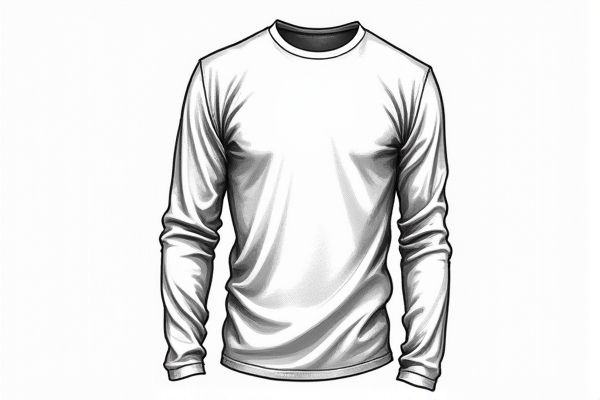
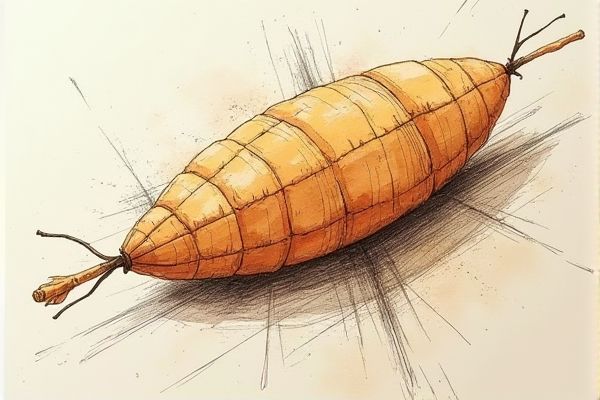
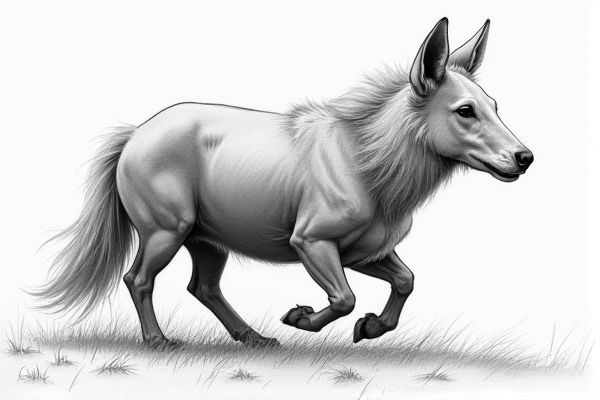
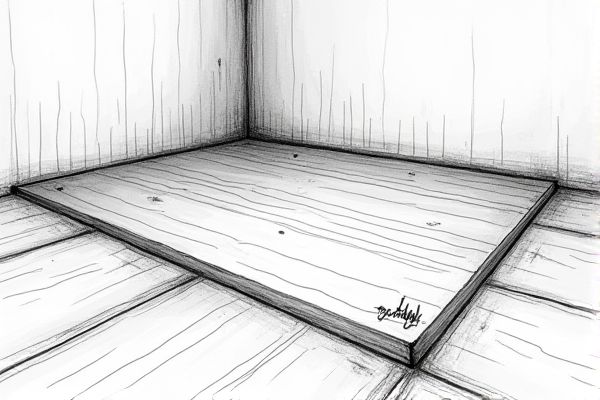




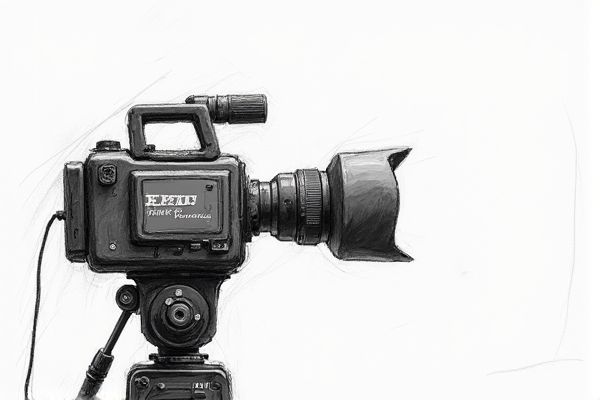
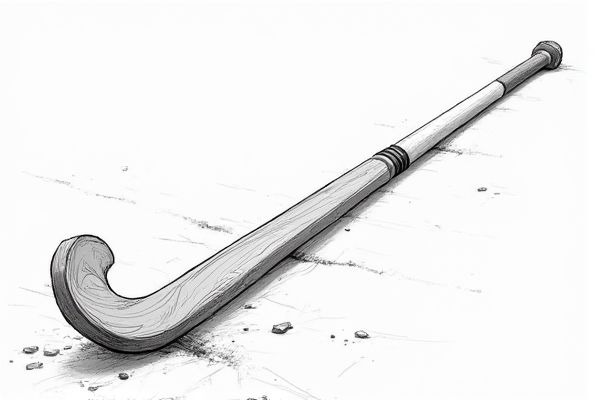
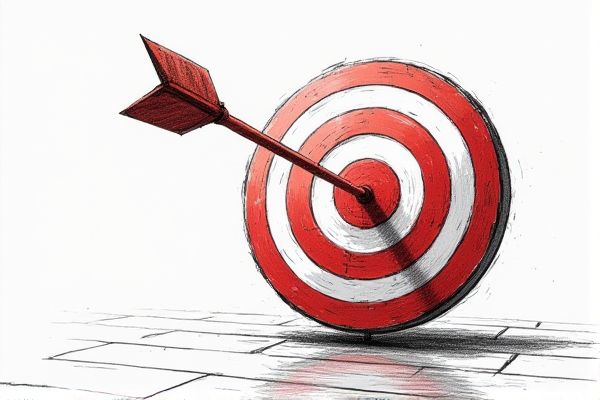
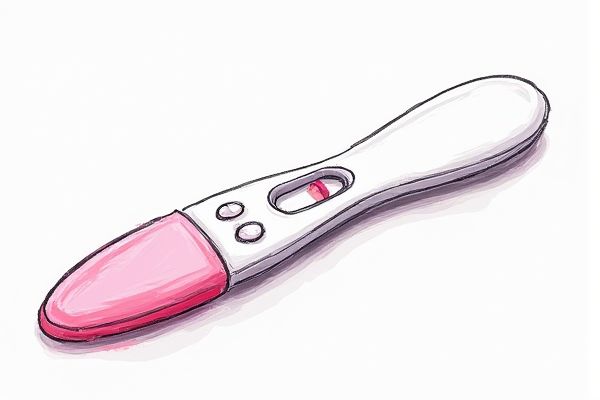

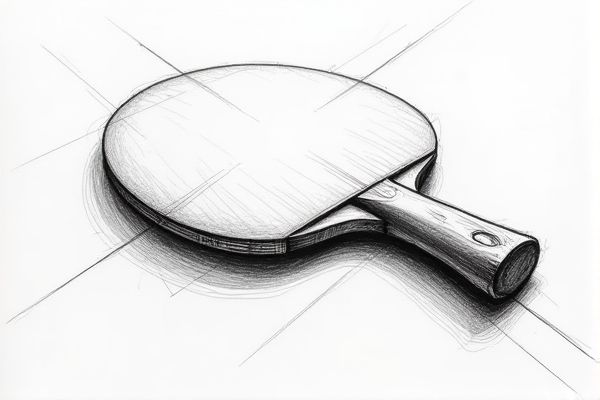
Leave a Reply
Your email address will not be published.